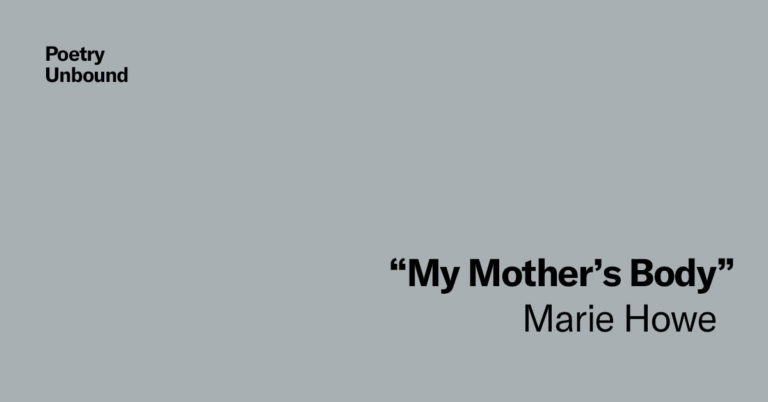An Unofficial Guide to Officiating a Wedding of “Nones”
I stood in front of about 200 expectant people. Their ear-to-ear grins seemed to warm the giant, damp barn. The rain came down outside, playing dumb to our big plans.
The music began — an instrumental piece composed by Nelson, the groom, for his bride, Katinka. Everyone turned to see them walk in. A giant, floppy golden retriever bound in instead — the official farm dog who had been chasing babies and eating dropped appetizers all weekend. Laughter echoed off the rafters.
Then Katinka, six months pregnant and radiant in a white, silk dress, and Nelson, handsome as ever, came strutting from different corners of the barn to meet in the middle. They joined hands and approached me. Katinka and I could have done a belly bump (I was just a couple of months behind her.) Instead we got down to the business of getting these two kind souls married off.
The scene was, in some ways, as old as time. Two young lovers, dressed beautifully, take vows in front of their family and friends. Celebration ensues. Drinks flow. Sublimely bad intergenerational dancing commences.
But look a bit closer and this scene is so thoroughly modern. The bride is pregnant and no one bats an eyelash. Even weirder, perhaps, the celebrant, ordained by the online-only Universal Life Church, is pregnant. And wearing a turquoise dress. With cowgirl boots.
The wedding ceremony has been thoroughly remade in the last decade by a generation of young people who don’t identify with a particular religious tradition. We crave ritual, but can’t abide by moralizing. We believe in the power of making promises in front of beloved witnesses. We delight in the idea that — in a time of obsolescence and disconnection — a ceremony like this weaves us into the larger, ancient tapestry of our two families. We obviously love a good party, but we don’t want to be married by a relative stranger.
My brother presided over my wedding. I presided over his. My dad married my best friend to her husband. I married Katinka and Nelson, and before that, my collaborator and bestie, Vanessa, to her partner, Aaron. In fact, of the dozens of weddings I’ve been to in the last five years — I’m of that glorious and expensive age when save-the-date mailings just keep on coming — I can only think of two where an official religious figure presided over the actual ceremony. More often, it’s a best friend, an admired uncle, a dear mentor.
For many of us who are tapped to officiate for a couple of dear friends, it is our first experience designing a ritual, not to mention one so important. We take to the trusty Internet for answers, but find little (this resource was actually the most helpful one I found.) We can’t look to previous generations for wisdom, as most of them were either married by a religious figure by choice or obliged by their parents. To help fill in the gap, here are a few of the practices I’ve picked up along the way or created whole cloth.
Consider having both partners write you a letter in advance. This letter can address a range of questions: Why do you want to get married? Why do you want to get married to this person, in particular? What is your relationship to marriage, more generally? What marriages have you witnessed and learned from in your own family?
This is great for a couple of reasons: first and foremost, the assignment to write the letter disrupts what can otherwise become a very transactional planning process. In the lead up, the to do list — chockfull of expensive, stressful choices — can sometimes begin to feel like it is the marriage. Writing the letter reminds both partners that the marriage is the marriage, and it’s the most important thing (not whether Aunt Joy is going to bring her boyfriend who you’ve never actually met).
So the letter serves the couple, but it also serves the officiant. You can draw on the letter when you write your remarks, confident that you’ll be able to weave in some special details about how the pair sees and describes one another and/or some sense of the partnerships they’ve witnessed that most inspire them (a huge honor to those present).
Be specific. Provide telling details. This is the stuff of good writing and a wedding ceremony, it turns out, is no exception. Particularly at larger weddings, there will be people in the audience that don’t actually know the couple as well as they’d like to. Really help them understand the magic of these two humans and their connection through anecdotes — not “they were so in love” but “they are known to ride the subway while sharing one pair of headphones, left bud in his ear, right bud in hers, heads leaned together as they listen to some obscure hip hop album from the mid 90s.”
Beyond the words you choose, the most important thing you can do: be a calming, grounded force on the day of the wedding. So many details threaten to de-center the real work of the day — to be present, to be grateful, to express love, such a rare and vulnerable thing, in front of a community. Be the rock.
If you’re nervous, pretend you’re not. Nobody needs your nerves. Bring the Dad, who’s acting difficult because he doesn’t have the words for what he’s feeling, a little whiskey and encourage him to zip his lip. Tell the anxious mother she looks stunning. Pretend it’s not raining — or call attention to its inarguable beauty. Focus on your friends. Show up to the rare weight of that moment when they stand in front of you. Take a deep breath. Feel how they’ve honored you. Speak from that place of awe.


Share your reflection